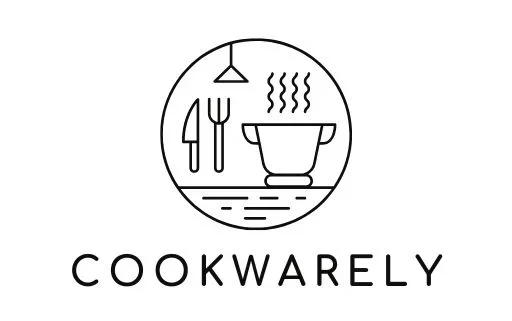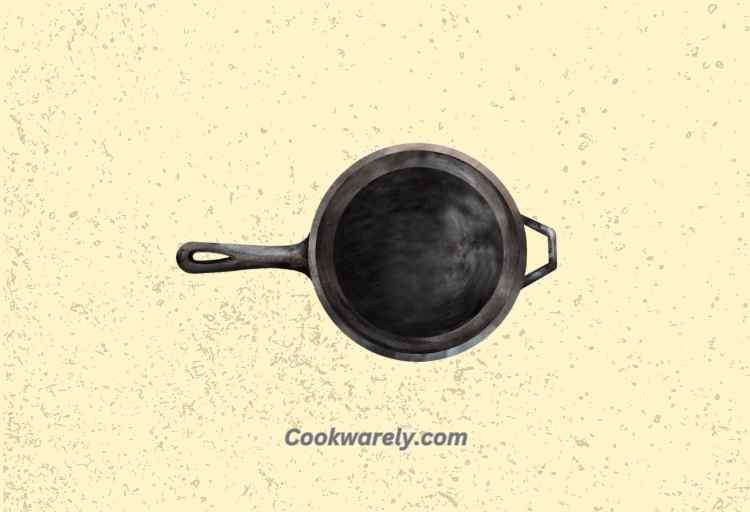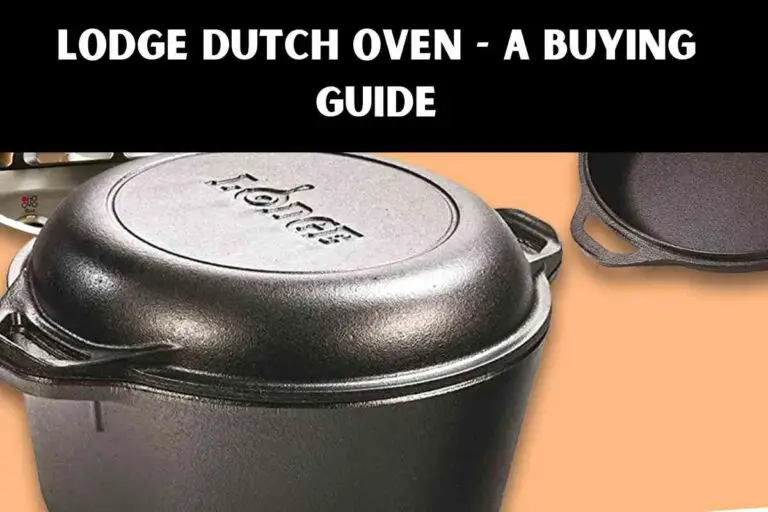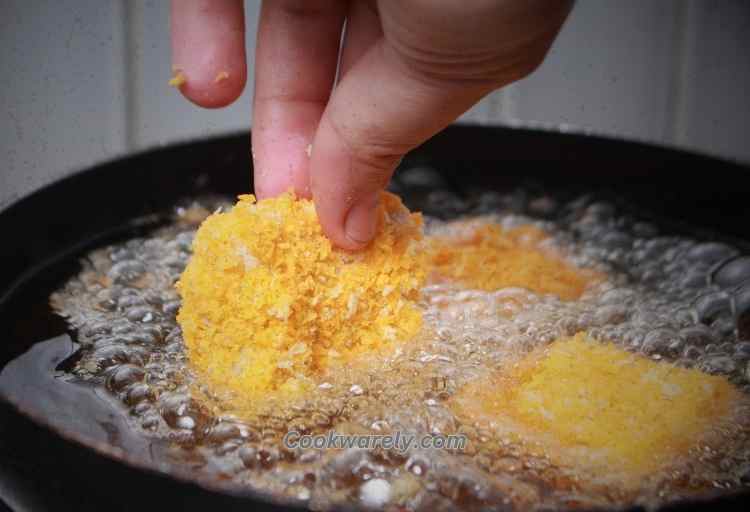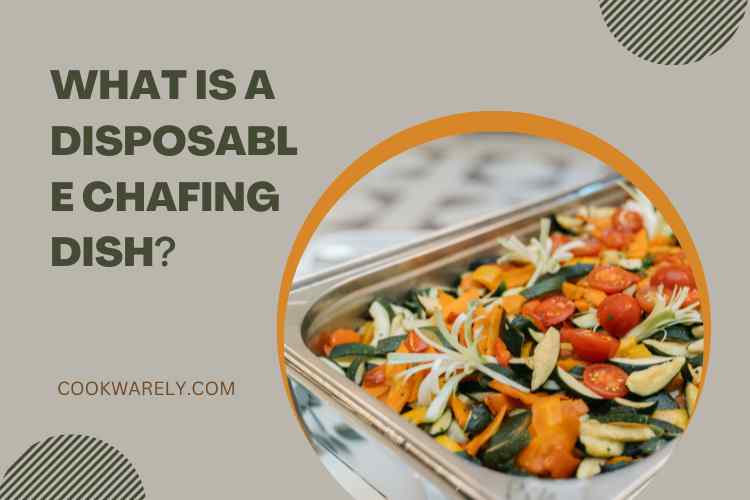Can You Use A Chafing Dish Without Water?
Do you use a chafing dish to warm food on a cold winter day? Or maybe you’re planning on using a chafing dish during the summer, but you don’t want to take the chance of running out of water.
If you answered yes to either of these questions, you must read this blog post.
Did you know you can use a chafing dish without running out of water? That’s right. It’s possible, and it’s really easy. All you need is a pot or pan and some heat source.
There are two ways to heat your food with a chafing dish. The first is with steam, and the other is with hot water.
Can You Use A Chafing Dish Without Water?
Using a chafing dish without water is not as effective as using one with water, but it can be done if necessary. For example, if you are catering an event and do not have access to a water source, you can still use a chafing dish to keep the food warm. Just be sure to use caution and keep an eye on the food to prevent it from burning.
If you are interested in checking the best chafing dishes, you can find them here.
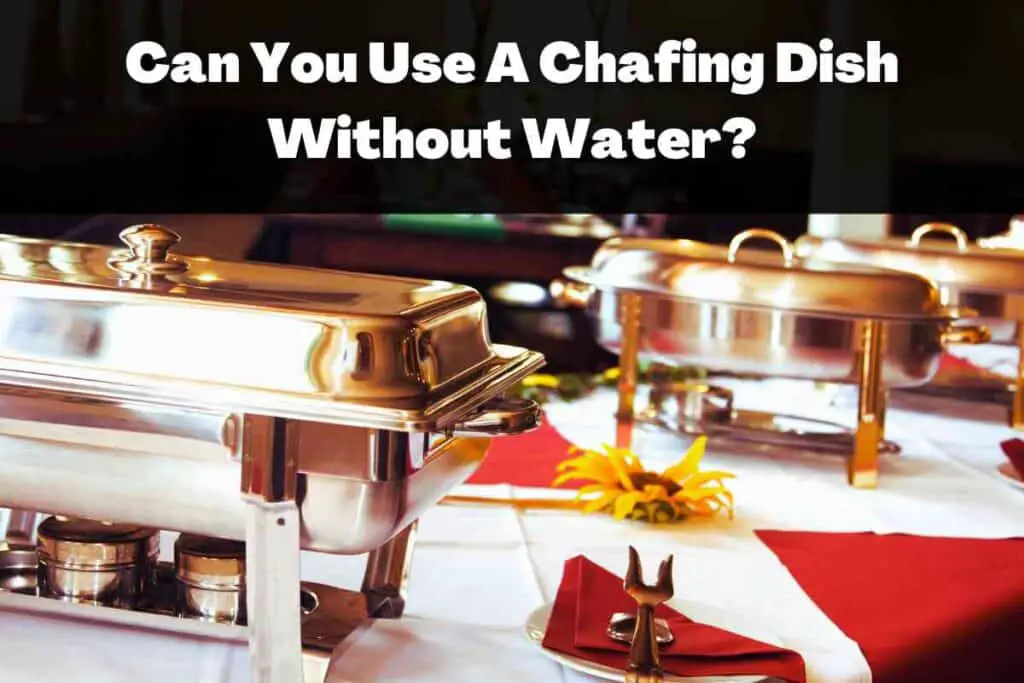
Chafing dishes are designed to keep food hot or warm while cooking. They come with a large steam pan and a lid that locks moisture and heat in.
These pans are made of metal and come with a stand to place them on. They also have a water pan and a food pan.
Contents
Do Chafing Dishes Need Water?
Yes, chafing dishes typically require water to be placed in the bottom dish as a heat source for the food in the top dish. This helps to keep the food warm and prevent it from drying out. The water acts as a heat transfer medium between the heat source and the food.
Can You Use A Chafing Dish Without Water?
A chafing dish is a metal pan that is placed over a heat source to keep food warm. The pan is typically filled with water, which helps to evenly distribute the heat and prevent the food from burning.
However, it is possible to use a chafing dish without water. If you are using a chafing dish without water, it is important not to overheat the food. You will also need to use a heat source that is not too hot, such as an electric burner set to low, to prevent the food from burning.
Additionally, it is important to keep the lid of the chafing dish closed as much as possible to trap the heat.
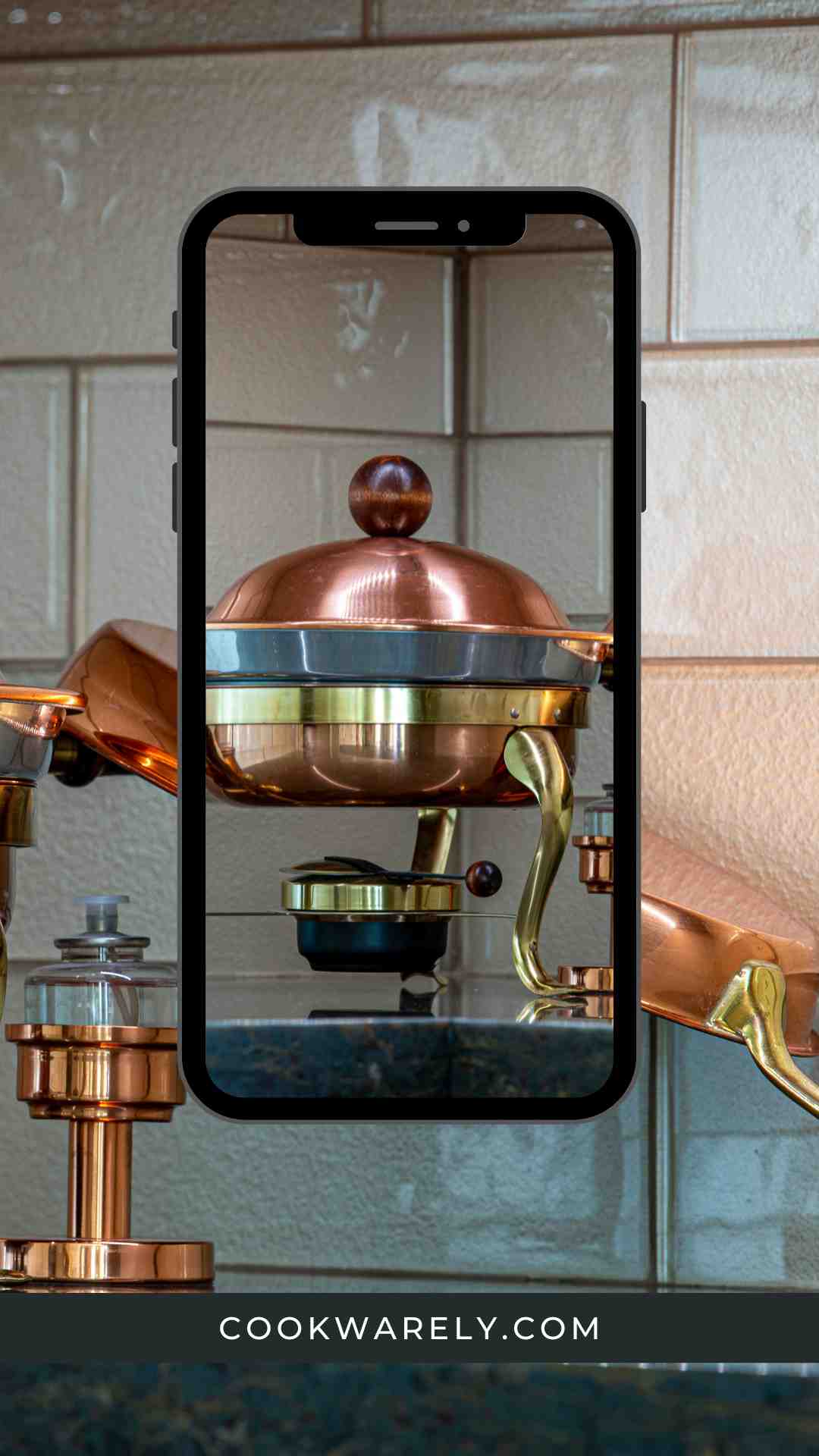
Chafing dish how to use: A chafing dish is used to keep food warm at a buffet or catered event by using a water bath and a heat source such as Sterno or an electric burner.
Why does using water in a chafing dish matter?
When it comes to chafing dishes, the water you use is critical. While using a lot of water is not necessary, it will help keep food warm while preventing it from drying out.
Although chafing dishes aren’t designed for cooking, they are a great option for reheating food.
First, use a stable surface to place the chafing dish on. Next, make sure that the water is warm enough to scald food but not boiling.
Follow the directions on the chafing dish package. The amount of water to use depends on the amount of food.
When cooking food, keep the temperature at a consistent level. This way, your food won’t scorch and won’t stick to the bottom of the pan.
Also, make sure to stir your food occasionally. If you leave it unattended, it will dry out quickly and taste bland.
Chafing dishes come in many sizes and shapes. An 8-quart chafing dish is affordable, and will last for several hours.
You can rent a chafing dish for as little as $18 per day. If you have a large event, you can consider a larger chafing dish, which can be a more affordable choice.
Another benefit of chafing dishes is their versatility. They can be made of brass, copper, nickel, agate iron, and many other affordable metal combinations.
It’s important to remember that a chafing dish should be properly cleaned before being used again.
When you do use a chafing dish, use lukewarm water and a mild detergent, and be careful to wipe it off with a soft microfiber cloth.

Click here to see this Steel Chafing Dish Set on Amazon.
Is it safe to use a chafing dish without water?
It’s possible to use a chafing dish that doesn’t contain water, but this can be dangerous for a number of reasons. For one, you’re risking bacterial growth, which can lead to foodborne illnesses.
For another, you’re risking overcooking your food. To avoid these problems, make sure that the chafing dish is clean and you stir your food regularly.
Another problem with chafing dishes is that they can become extremely hot. If you place them on flammable surfaces, the heat can ignite and cause a fire. You should also ensure that the pan doesn’t touch anything, including your hands.
You can also protect yourself by covering the flame with a piece of heavy-duty aluminum foil.
A chafing dish comprises four parts: the food pan, a water pan, a stand, and a lid. These are usually placed on a heat source like an electric stove.
Chafing dishes are different types, ranging from large, shallow, and flat chafing dishes that caterers and restaurants use to heat food.
A good-quality stainless steel chafing dish set is ideal for frequent parties. One set by Alpha Living comes with a four-pack, durable enough to be reused for years. Besides the heavy-duty stainless steel, the dish’s legs are foldable.
Alternatively, you can use disposable chafing dishes. Disposable ones come in a variety of shapes and sizes, ranging from a full-size to a half-size one.
Do you need to put water in a food warmer?
Do you put water in a chafing dish? Yes, you can put water in chafing dish to help relieve the heat.
Some are also reusable. The ones you choose should meet the guidelines for heating the food properly. A food warmer should not be heated longer than necessary.
Can I Chafing Dish Without Water Pan?
Using a chafing dish without a water pan is not recommended. The water pan serves a crucial purpose in maintaining the proper serving temperature of food by creating a gentle, even heat through a water bath.
Without it, you may risk uneven heating, drying out or overcooking the food, and potentially damaging the chafing dish.
It’s best to use a chafing dish as intended, with a water pan, to ensure the best results when keeping food warm.
Can You Use Sterno Without Water?
Sterno can be used without water, but it will not work as well.

Check out this Stainless Steel Chafing Dish Buffet Set on Amazon.
Final Thoughts
If you’re using a chafing dish without water, be sure to keep an eye on the food, so it doesn’t dry out or burn. You can also cover the food with foil to help keep it moist. When the food is done, remove it from the heat, so it doesn’t continue cooking.
I hope this guide is helpful for you in understanding the use of chafing dishes without a water pan.
FAQs:
Can You Put a Sterno out with Water?
Sternos should not be put out with water as they are designed to burn without the need for additional extinguishing methods.
How to Use Sternos?
To use sternos, simply remove the lid, place the canister in a stable position, and ignite the wick to create a controlled flame for heating food.
What Is a Chafing Dish Water Pan?
A chafing dish water pan is a container placed beneath the food pan in a chafing dish setup, filled with water to help regulate and maintain the temperature of the food.
What Are Chafing Dishes Used for?
Chafing dishes are used to keep food warm during buffet-style events, catered occasions, or large gatherings, ensuring that the food remains at a safe serving temperature.
How to Use Sterno?
To use sterno, remove the lid, place the canister in a secure position, and ignite the wick with a lighter or match to create a controlled flame for heating purposes.
What Is a Chafing Dish with a Water Pan?
A chafing dish with a water pan is a serving setup that includes a container for holding water beneath the food pan, helping to maintain the desired temperature of the food.
What Is a Water Pan for a Chafing Dish?
A water pan for a chafing dish is a container that holds water and is placed beneath the food pan, acting as a heat regulator to keep the food warm.
How to Use Chafing Dishes?
To use chafing dishes, place a sterno or heat source in the designated compartment, fill the water pan with hot water, and position the food pan on top, adjusting the flame and replenishing water as needed.
How to Use a Chafing Dish?
To use a chafing dish, set it up on a stable surface, place a sterno or fuel source in the provided compartment, add hot water to the water pan, and position the food pan on top, adjusting the heat as necessary.
What Are the Uses of a Chafing Dish?
Chafing dishes are commonly used for buffet-style serving, catering events, or large gatherings to keep food warm and maintain a pleasant serving temperature.
How to Use Sterno with Aluminum Pans
Sterno can be used with aluminum pans by placing the Sterno can underneath the aluminum pan and lighting it to provide heat for food warming.
Will Sterno Heat Cold Food
Yes, Sterno can heat cold food when lit, making it a suitable choice for keeping dishes warm during serving.
How Much Water Goes in a Chafing Dish
Typically, about 1-2 inches of hot water is added to a chafing dish’s water pan to create a water bath for gentle, even heating.
How to Set Up Chafing Pans
Chafing pans are set up by placing a lit Sterno can in the designated holder beneath the pan, ensuring the pan sits securely in a chafing rack.
What to Use for Chaffing
Chafing dishes are commonly used for keeping food warm during catering events or buffets.
How Much Water in Chafing Pan
Chafing pans require approximately 1-2 inches of water in their water pans to maintain proper food temperature.
How to Use Food Warmer Burner
A food warmer burner, such as Sterno, is used by lighting it and placing it underneath the chafing dish to provide consistent heat.
How Much Water Do You Put in a Chafing Dish
You should put about 1-2 inches of water in the chafing dish’s water pan to maintain the desired food temperature.
How Many Chafing Dishes Fit on a 6ft Table
The number of chafing dishes that fit on a 6ft table depends on the size and arrangement, but typically 3-4 chafing dishes can fit comfortably.
What Is a Disposable Chafing Dish Water Pan
A disposable chafing dish water pan is a replaceable container used to hold water underneath a chafing dish to create a water bath for food warming.
How to Put Out Food Warmers
To extinguish food warmers like Sterno, simply cover them with a metal lid or snuffer to cut off the oxygen supply and extinguish the flame.
Can You Bake in a Chafing Dish
Chafing dishes are not designed for baking; they are primarily used for keeping pre-cooked food warm during service.
How Much Water to Put in a Chafing Dish
You should typically add 1-2 inches of hot water to the water pan of a chafing dish.
How to Use a Sterno Tray
A Sterno tray can be used by placing it underneath a chafing dish or food pan and lighting the Sterno fuel to provide heat.
Can Chafing Dishes Go in the Oven
Chafing dishes are generally not designed for oven use, as they are meant for buffet-style food warming.
How to Keep Pancakes Warm in a Chafing Dish
To keep pancakes warm in a chafing dish, place them in a pan, cover with a chafing dish lid, and use Sterno or another heating method underneath.
How Do You Use a Chafing Dish
A chafing dish is used by filling the water pan, placing food pans inside, and heating them with Sterno or another fuel source to keep food warm.
How Much Water in a Chafing Dish?
You typically add 1-2 inches of hot water to the water pan of a chafing dish for effective food warming.
What Does a Chafing Dish Do
A chafing dish is designed to keep food warm and at a safe serving temperature during catering events, buffets, or parties.
How to Light Chafing Dish
To light a chafing dish, light the Sterno or other fuel source underneath the dish and adjust the flame as needed.
How to Use Chafing Dishes Disposable
Disposable chafing dishes are used similarly to traditional ones, but they are designed for one-time use, making cleanup easier.
Can You Reuse Chafing Fuel
Chafing fuel can often be reused until it is depleted, but it’s essential to follow safety guidelines and manufacturer recommendations.
What Is a Chafing Dish Used For
A chafing dish is primarily used for keeping food warm and ready for serving at events, banquets, or buffets.
Do You Put Water in a Buffet Server
Yes, you typically put water in the water pan of a buffet server to create a water bath for maintaining food temperature.
How to Use Sterno Pans
Sterno pans are used by placing Sterno cans underneath them and lighting the Sterno to generate heat for warming food.
Can You Heat Food with Sterno
Yes, Sterno can be used to heat food by placing it underneath the food container or chafing dish.
Can You Reheat Food in a Chafing Dish
Chafing dishes are primarily used for keeping food warm, not for reheating. Reheating should be done before placing food in the chafing dish.
How Much Water Chafing Dish
A chafing dish typically requires 1-2 inches of hot water in its water pan to maintain the desired food temperature.
What Is a Chafing Pan
A chafing pan is a container used within a chafing dish to hold and serve food while maintaining proper serving temperature.
How to Use a Chafing Dish with Sterno
To use a chafing dish with Sterno, place the Sterno can in the designated holder beneath the dish and light it for heat.
How to Set Up Chafing Dishes with Sterno
Set up chafing dishes with Sterno by placing Sterno cans in their holders, filling the water pan, and lighting the Sterno for heat.
How to Use Sterno Trays
Sterno trays are used by placing Sterno cans inside them and lighting the Sterno to generate heat for food warming.
